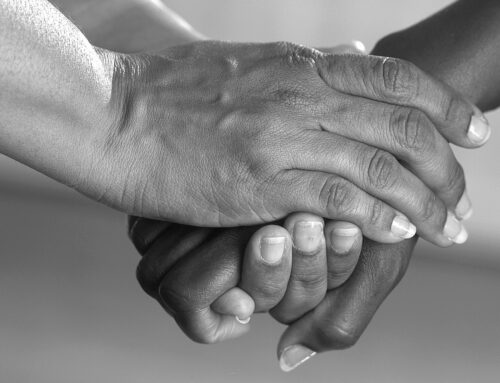Challenging Myths About Domestic Violence
Domestic violence remains a pervasive issue globally, yet it's shrouded in numerous myths that can hinder awareness and support. Addressing and debunking these misconceptions is crucial in fostering a more informed and supportive community. Here are some of the most common domestic violence myths and the truths they are obscuring.
5 Myths About Domestic Violence
Myth 1: Domestic Violence Only Involves Physical Abuse
Many believe domestic violence is solely about physical harm. However, it encompasses many forms of abuse, including psychological, emotional, sexual, and financial abuse as well. These types of abuse can be less visible but equally damaging, leaving deep emotional scars and a lasting impact on survivors and their families.
Myth 2: Domestic Violence Is a Private Family Matter
This misconception discourages outside intervention and supports the abuser's control by isolating the victim. Domestic violence is in fact a societal issue with far-reaching implications, including mental health struggles, homelessness, and perpetuation of cycles of abuse.
Myth 3: Victims Can Easily Leave Abusive Relationships
Leaving an abusive relationship is often incredibly difficult and dangerous. Victims may face financial dependency, harm, isolation, and psychological manipulation. In fact, leaving an abuser is the most dangerous time for a victim of domestic violence. The decision to leave is complex and fraught with barriers, both tangible and psychological.
Myth 4: Domestic Violence Only Happens in Certain Demographics
Domestic violence knows no boundaries of socio-economic status, race, age, or gender. While certain demographics see disproportionate levels of domestic violence, abuse can happen to anyone, and stereotypes about "typical" victims or abusers can be misleading and therefore harmful.
Myth 5: Domestic Violence Is Always Obvious to Outsiders
Another common misconception is that signs of domestic violence are always visible or obvious to friends, family, or coworkers. In reality, many victims go to great lengths to hide their abuse due to shame, fear of retaliation, or a desire to protect their abuser. Furthermore, abusers often appear charming and normal to the outside world, making it difficult for outsiders to detect the abuse.
This myth can prevent those experiencing domestic violence from receiving the support they need, as it underestimates the complexity of their situation and the control dynamics at play. Recognizing the nuanced and often hidden nature of domestic violence is crucial in providing effective support and intervention.
By promoting awareness and understanding, we can contribute to a safer and more supportive environment for victims and survivors of domestic violence. Together, we can dispel myths and provide hope and assistance to those in need.
Here at My Sister's Place (MSP), we offer shelter, resources, and support for victims of domestic violence — and their children — in the DC metropolitan area. We also provide leadership and education to help build supportive communities. MSP offers a full continuum of care, from emergency shelter to transitional-to-permanent housing, as well as training, case consultation, and advocacy.
Donate today, sign up to volunteer, or email us about setting up domestic violence training in your community. Help us break the cycle of domestic violence and create a safer, more compassionate world for future generations.




